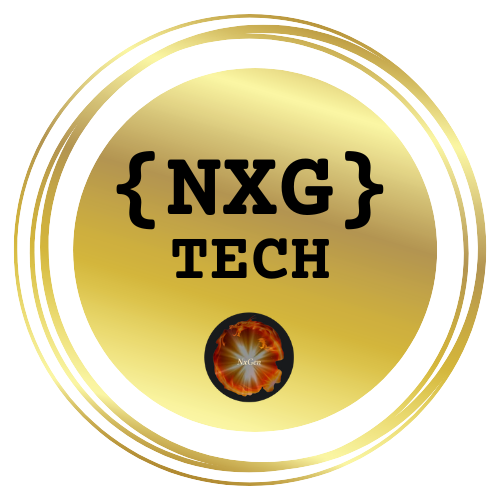
Unveiling the Latest Tech News That Matters
As we move deeper into 2025, the technological landscape continues to evolve rapidly, presenting exciting developments that promise to reshape our world. This week's coverage dives into transformative innovations from AI advancements to breakthroughs in aviation, showcasing how these stories impact our lives and industries.
OpenAI’s Ambitious Future: A Valuation Worth Watching
OpenAI is in talks to raise funds that would potentially value the company at a staggering $300 billion. This anticipated growth reflects not just the company's dominance in AI but also the increasing investor confidence in its future capabilities. As artificial intelligence continues to integrate into various sectors, this funding could bolster OpenAI’s research and development, paving the way for more innovative applications.
The Revolution in Computing Power: Cerebras’ Breakthrough
Cerebras has disrupted the tech scene by demonstrating it as the fastest host for DeepSeek R1, outperforming Nvidia GPUs by an impressive 57 times. This leap in computational efficiency could redefine how AI models process information, making advanced reasoning tasks more accessible and efficient. Such advancements signify a pivotal moment for developers and researchers alike, allowing unprecedented growth in the capabilities of AI.
Healthcare Innovation: Stem Cells Repairing Damaged Hearts
The realm of biotechnology shines through as researchers report success in using stem cells to partially repair damaged hearts in primate tests. This development opens new avenues in regenerative medicine, potentially offering hope for millions suffering from heart-related ailments. As researchers refine these methods, they inch closer to making this a viable treatment option in human patients.
Supersonic Dreams: Boom’s XB-1 Takes Flight
In aviation news, Boom’s XB-1 prototype has made history by becoming the first civil aircraft to exceed the speed of sound. With a flight that reached Mach 1.1, this marks a significant step toward the future of supersonic travel for commercial airline passengers. The implications for global travel are immense as it could drastically reduce travel times and introduce a new era of aviation.
Autonomous Future: Waymo Expands Testing Horizons
Waymo plans to test its autonomous vehicles in ten new cities, beginning with Las Vegas and San Diego, focusing on their adaptability to new environments. This testing phase, after extensive experience in core markets, is crucial for Waymo as they aim to streamline their robotic taxi services, potentially revolutionizing urban transportation.
AI Challenges: Limitations Exposed
Despite advancements, DeepSeek’s safety protocols faced scrutiny as they failed to meet security standards during testing. This highlights the ongoing challenge of ensuring AI systems operate safely, underscoring the necessity for rigorous evaluation and adaptation as AI technologies advance.
In summary, this week’s tech highlights illuminate the fast-paced innovations that continue to shape our future. From artificial intelligence to aviation, these stories are not just a glimpse into tomorrow; they serve as a reminder of the incredible potential technology holds. Stay informed to understand how these advancements may impact your life and career.
 Add Row
Add Row  Add
Add 




Write A Comment